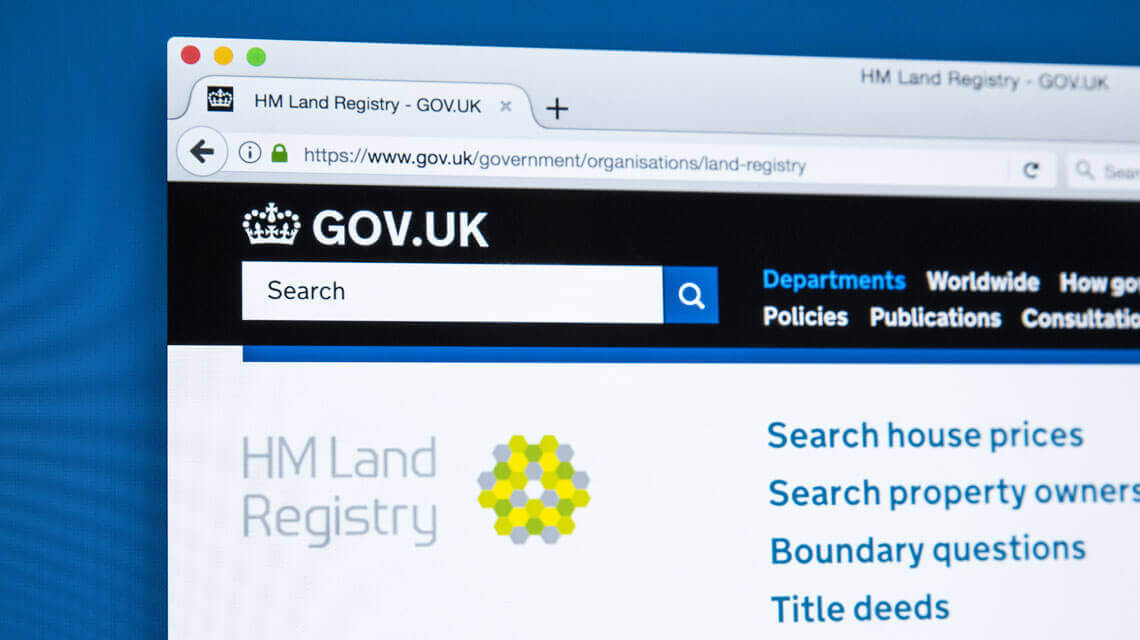Considering investing in property? Before taking the plunge and entering the world of property investment, it’s important to have a firm strategy in place that’s suited to your budget, goals and expectations.
Whether you’re after short term capital gain or a long-term business plan, investment is not a spontaneous decision; it takes careful thought, research, risk assessment, budget management - the list goes on.
Take a look at our top tips for developing a property investment game plan to help you get started:
Choose Your Tactic
There are various ways to go about investing and reaping the rewards that come with it, for instance some purchase run-down homes to refurbish and resell, whilst some buy new-build property off-plan to resell it once completed, and others buy properties promising high yields to then let out. Whatever you choose, it’s important to stick to one method and learn to master it rather than combine a variety of tactics that then become too stressful, time-consuming and less efficient.
See why Buy-to-Let is considered a top investment strategy here.
How to Choose
Consider how much time you have on your hands. Is this a retirement venture or something you plan on doing alongside full-time work? If it’s the former then Buy-to-Let is probably a more attractive strategy, but for those with little time to spare, it may be worth buying off-plan and commissioning estate agents to resell the property, or even outsource someone who could find and carry out the deals for you.
Network and Research
So you’ve picked a course of action - what next? Networking and researching. If you’re just starting out then it’s certainly beneficial to meet up with experienced investors, start researching developers as well as areas to invest, and talk to mortgage advisors about your budget options and deposit requirements.
For more information about property investment or if you’ve decided to take the next step forward, have a read of our article ‘Steps to Take Before Visiting a Marketing Suite’ or call us now for free advice on 020 7620 1500.
Select a Location
A significant part of your research and planning should consist of looking at different locations and the benefits they offer. For instance, if you’re planning on investing and then selling on, it’s probably worth looking at an area undergoing regeneration, such as a town centre revamp or new transport connections such as Crossrail, thereby securing the possibility of capital growth as the area progresses. On the other hand, certain other areas may have a vast quantity of students or young professionals looking for rented accommodation, in which case Buy-to-Let investors who are concerned about their property remaining dormant will feel more at ease knowing that they will have a steady influx of tenants.
Take a look at desirable Crossrail hotspots here.
Some investors do prefer to do business in areas close to home, however it is far more realistic and advantageous to do your research, see what areas promise higher yields and are all-round box tickers with such things as transport connections, good schools, employment opportunities, affordable council tax bands and town centre amenities.
Here are our top Buy-to-Let locations inside and outside of London.
Risk Assessment
Part of your research will indefinitely entail risk assessment, whereby you will analyse any potential losses, consider every eventuality and whether you will still be able to pay your mortgage in those scenarios.
Some investors, to spread and minimise risk, find that it would be better to purchase a couple of cheaper properties to rent out rather than buy one expensive property and expect a larger profit, only to expose yourself to probable loss if the property sits empty, or capital depreciation if property prices happen to fall.
Compose an Exit Strategy
If you’ve got your way in now set in stone, it’s important to also establish a way out - in other words, an exit strategy for when you’re ready to get out of your investment and liquefy your assets. Think about your goals and discuss any doubts you have with mortgage and property experts to make sure your plan mirrors what you hope to achieve from your investment.
Financial Feasibility
Save for a Larger Deposit
The majority of investors might agree that overall, it pays off to save for a larger deposit rather than relying on borrowing more from mortgage lenders. For instance, if you only put down a 10-15% deposit for a Buy-to-Let property, you could find yourself with a heftier monthly bill that the rental income would not cover alone. If Buy-to-Let is the route you’ve chosen, it’s probably better to wait, save more and invest when you know you won’t have to pay out of your own pocket to keep the mortgage repayments flowing.
Share the Cost
Can’t afford a deposit but still certain you want to invest? More and more people are buying in groups rather than going it alone, whether it be with friends or family, and it can be a great help, as well as beneficial, for all parties involved. With more people investing, this could also mean you can opt for one or two more properties than originally planned, thereby minimising risk, spreading cost and potentially profiting more than if you went it alone with just a single property.
Concerned about the new tax hikes? Have a read of our guide on surviving Stamp Duty here.
Opt for Repayment Mortgages
According to a number of property investors, opting for repayment mortgages makes the most sense compared to, for instance, interest-only mortgages, which are typically only seen as the more attractive option if you’re an owner-occupier or a short-term investor. If you’re in it for the long run, it is advisable and found to be more beneficial to repay the cost of the home as well as the interest each month, rather than interest alone, which - if house prices decrease - you may find yourself in negative equity, and, after all, you’ll still have to find the capital at the end of it to pay off the property.
Read more about running a successful Buy-to-Let business here or for more information about Buy-to-Let mortgages, take a look at our dedicated guide.







